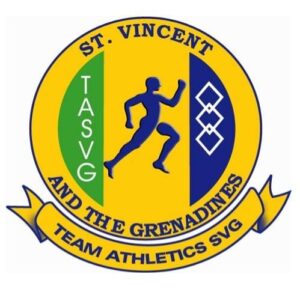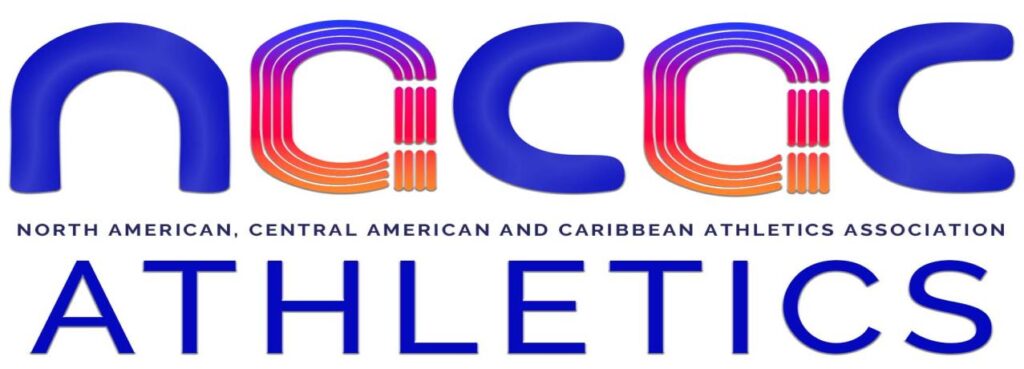Financing Sport in SVG
We have always been of the view that Vincentian people love sport.
There are times, however, when circumstances question the foregoing statement. This situation now exists because it often appears that the ‘lovers of sport’ still their tongues in the face of the abysmally poor state of financing for sport in our country.
The fact is that sport is not a priority in the country. There is little evidence that the government of the day is prepared to commit itself to sport in any significant way and that what little is provided from time to time, often appears directly related to its own politicking and particular prejudices.
Close analysis of the funding of sport in St Vincent and the Grenadines paints a very sorry picture of the future of sport unless fundamental changes are brought to bear.
National Sports Associations
National sports associations have generally been formed by former athletes. Many of them have enough of an interest in a particular sport and generally think that they ought to do more. They bring together people of like minds in the hope that they will make their way through to success.
In many of our small island nations, national sports associations have started with teams as members, rather than clubs. There is a learning curve that eventually leads to understanding and implementing the fundamentals of administration.
For many, the belief was that there was something about the administration of sport that differed radically from the administration of business enterprises. Few were of an understanding that administration and governance are principles in the establishment and sustainability of all organisations.
National sports associations across the Caribbean were essentially very weak in all aspects. There was little trained leadership and performance in competitions was taken as evidence of the viability of these institutions. This was how success was measured.
It should also be remembered that the national sports associations that thrived in the Caribbean, in the early days of the sport development process, were those administered by the white colonialists. It allows us to understand therefore, that the sports that were first to develop administratively, were the ones of interest to the same segment of our respective populations; people of the white upper and upper middle classes.
In every English-speaking Caribbean country, for example, the sport of cricket was established and administered by the members of the same aforementioned classes. That control over the administration of the sport is what led to the West Indies Cricket Boards, for decades, having been administered by the same grouping. The same held true for sports like cycling, tennis and swimming.
The matter of financing sport at the time therefore was relatively easy for several reasons. The first reason was that many of those seeking and obtaining membership were independently wealthy or their parents were. Others had their own businesses and so provided financial support.
Importantly, therefore, those involved in national sports associations and the practice of sport were of the most important segment of our respective societies.
Because white colonialists and their successors were in charge of the government in each of these Caribbean islands, and likewise the leaders of national sports associations were of the same social statuses and classes, it was therefore easy for the latter to access financing for their sporting engagements from those who governed.
Things regarding financing of sport underwent significant changes once people from the lower classes started practising sport and sought positions of leadership in national sports associations. In every instance of the sport dominated by the while economic and social elite, there was social upheaval of sorts. On the contrary, where national sports associations emerged with leadership from the lower middle and lower classes, access to financing of their sporting activities became a daily challenge. Interestingly, that is not very dissimilar from what obtains in sport in the contemporary Caribbean.
Contemporary reality
In the vast majority of national sports associations across the Caribbean, the sport of tennis is still dominated by children of the higher social classes if only because many of the children are exposed to tennis courts at home or at clubs in which their parents have membership. Much the same can be said of swimming.
Swimming and tennis are still expensive sports and it is the odd case rather than the norm to find an abundance of athletes in these sports who are from the lower classes of any or our societies.
The cost of paying to access tennis courts and swimming pools make it extremely difficult for many children of the poorer classes to get by, unless they have access to generous donors.
Cycling is one of the most expensive sports if only because the cost of cycles that result from the latest technological development of the equipment is well beyond the reach of the average family.
Were it not for the major financial inflows from the international parent body, FIFA, the sport of football would have stayed as a local community enterprise, for the most part. It is not the cost of equipment. It is instead the costs related to participation in competitions at the local, regional and international levels.
National representative teams for football require exorbitant financial inputs for training, inclusive of camps, coaches, international travel and accommodation.
Netball, table tennis, boxing, squash, volleyball and basketball, all require indoor facilities (except of course, beach volleyball). In many of our Caribbean countries such a facility does not exist even for one of the aforementioned sports, let alone one that is sufficiently large to accommodate them all.
In almost all sports that have developed in St Vincent and the Grenadines, for example, financing has always and continues to be the single most important problematic to their forward thrust.
Some sports that are making progress receive some assistance, albeit it minimal, from their respective international sports federations (IF). Football has already been mentioned.
Athletics received a small contribution from World Athletics and so too does swimming. The vast majority do not get anything from their IFs.
The government and the financing of sport
The governments of the Caribbean are a truly mixed bag when it comes to a discussion on the financing of sport in their respective countries.
Undoubtedly, in every Caribbean country, governments have provided some sporting infrastructure. However, it is difficult to identify instances where these same facilities have not been driven in large measure by the politics of the day and the desire of the incumbent government to use them as a vote-garnering measure amongst the youths of their respective countries. They are noted for locating some sports involved.
There is also the case that in some cases, governments fail to involve the administrators and technical personnel of sports associations when designing, equipping and locating many of the facilities they construct.
Even in the construction of schools, little thought is given to engaging national sports associations for the optimal utilisation of space for sporting purposes. When mention is made of schools being multi-purpose, sport does not feature in the discussion.
Some have been rather generous and stand out for their contributions to national sports associations.
The Bahamas, for example, has expended significant financial resources in the construction of major multi-sports arena in Nassau. The Queen Elizabeth Sports Centra, constructed on 500acres of land, formerly home to the Oakes Field international Airport, hosts football, softball, basketball, tennis, athletics, swimming, baseball, rugby, volleyball, a nine-hole golf course and a drag racing strip. It is still developing. More than an y other Caribbean island-nation, The Bahamas has been financing athletes and hosting regional and international sports competitions, even in the absence of any clearly articulated sport tourism policy framework.
Trinidad and Tobago has recently focused on the development of a multi-sport complex in Couva, housing international standard facilities for athletics, swimming, cycling, football and cricket.
The foregoing examples are the exception rather than the norm in the Caribbean.
Where elite athletes are financed in part by governments, the jury is still out on a cohesive, commendable policy framework.
In St Vincent and the Grenadines, we have the sad reality of a Sports Council Act that places the responsibility for government’s financing of sport facilities under National Sports Council (NSC). At the same time, a sort of ad hoc arrangement has led to the National Lotteries Authority (NLA) , a government institution, constructing sports facilities and taking responsibility for their equipping and maintenance in a manner that ensures a much better qualitative standard than is the case for those that are under the NSC. Access to the facilities under different management requires separate applications and conditionalities.
Funding of national representative teams and assistance to national sports associations for hosting events and facilitating their growth and development appears to be without any universally known and understood policy framework.
National Olympic Committees
Each of the 205 National Olympic Committees (NOC) around the world have access to the same amount of money granted each year by the International Olympic Committee (IOC), regardless of the size of the country in which they exist, or their economic status.
Much of the monies on offer have to be accessed through programmes that have been identified by the IOC and dispensed through its development arm, Olympic Solidarity.
The monies received annually from Olympic Solidarity is not inexhaustible and services national sports associations that are functional and pursuing a discernible, developmental pathway that is likely to yield results.
Here at home, the NOC is inundated with requests from individual athletes and other sport stakeholders for assistance of one sort or another. Unfortunately, the majority of NOC funding is already restricted by Olympic Solidarity.
Sponsorship
Sponsorship has always been difficult to come by in St Vincent and the Grenadines. The economy is already small and highly vulnerable.
It is also the case that government ministries often turn to the same private sector to help in financing their own competitions, carnival and nine mornings, to name a few. Understanding national politics, many local businesses are loathe to turn their backs on the government’s requests. They cannot sponsor both sets of entities. Sports associations are the ones to suffer and so too, community sport groups, teams and clubs.
Athletes often crave for uniforms of global sportswear manufacturers without understanding that these institutions turn to athletes and their countries only when they consistently produce elite athletes, leading to greater brand exposure.
Until we start producing elite athletes to whom sportswear brands are attracted, there is little chance that we can do better than strive to produce our own brand for national representative teams. This means reliance on our national sports associations to collaborate on a sustainable development pathway that would ultimately redound to the benefit of all of sport in our beautiful country.



